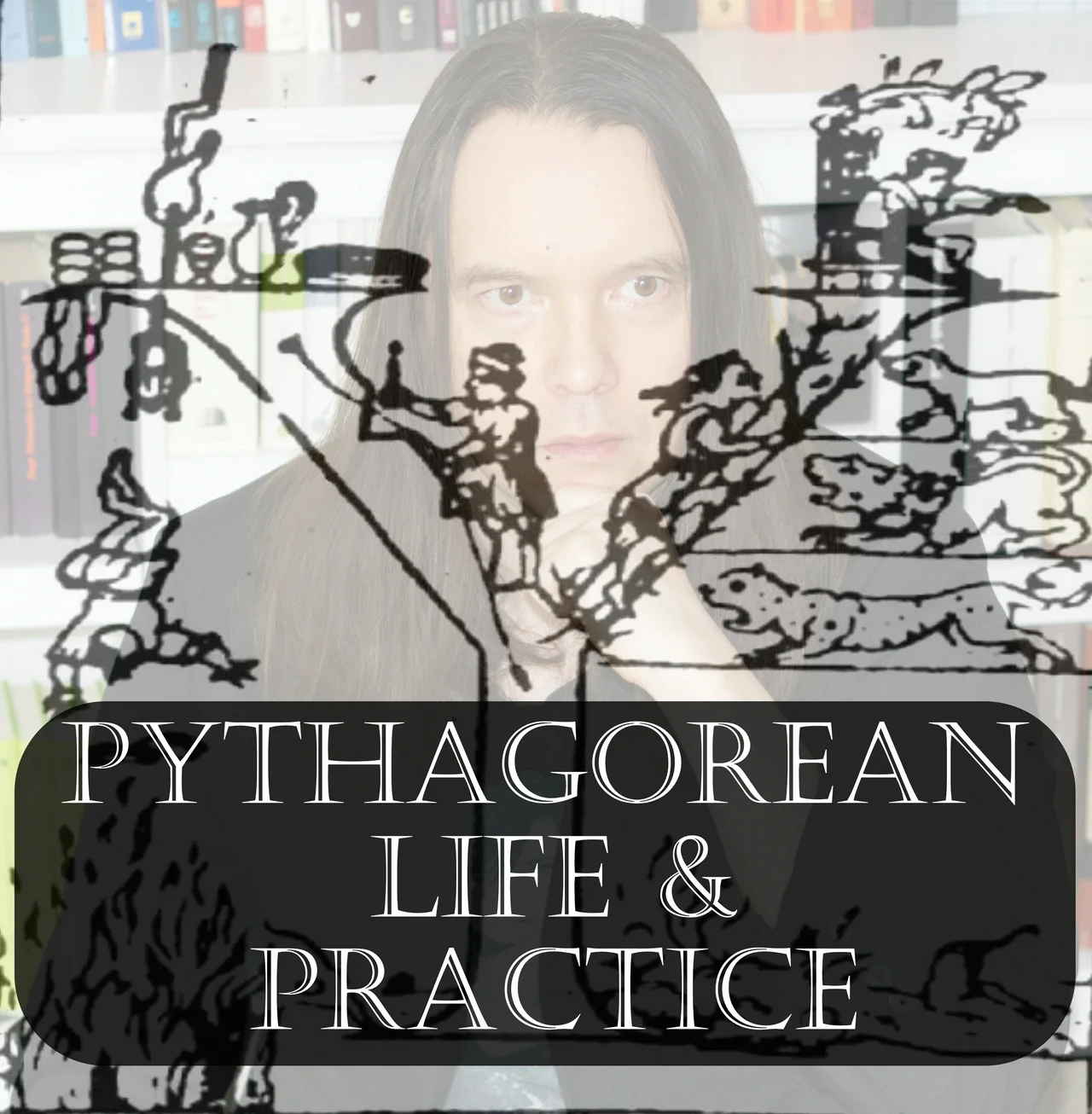In this video, I turn from examining the doctrines and teachings of the Pythagoreans to investigating their practices. I begin by highlighting the differences between the conception of philosophy popularly used today and those attributed to Pythagoras by Porphyry and Iamblichus, and making a brief,, but necessary digression to repudiate mind brain reductionism and clarify Pythagoras's view of the soul, drawing a parallel to phenomenology and the notion of transcendental subjectivity.
I then begin to examine some of the esoteric symbols and maxims handed down in the Pythagorean tradition, such as: "do not go beyond the balance, tear not to pieces the crown, eat not the heart, do not poke fire with a sword, do not go by the public way, help a man take up a burden, but not to lay it down, wear not the image of god in your ring, etc." You can find a more comprehensive list of such these sayings and maxims here:
https://sacred-texts.com/cla/gvp/gvp11.htmI go on to explain the underlying moral meaning of these maxims, showing how they parallel particular injunctions in the Judeo-Christian-Islamic tradition and in Daoism. In particular I draw an analogy to the Daoist concept of naturalness as illustrated in the story of cook Ding recounted by Zhuangzi. I also suggest that we are better served by such Pythagorean rules than by the rules for life offered by today's self-help gurus.
Finally, I conclude by setting forth a Pythagorean meditation meant to be undertaken before sleep. It can be found in the Golden Verses, a translation of which you can find here
https://sacred-texts.com/cla/gvp/gvp03.htm. In this exercise we are asked to recount the narrative of our day to ourselves, celebrating where we have done well, and reproving ourselves for and finding ways to improve those areas where we have done ill. I suggest that such Pythagorean exercises represent a higher and middle way between neurotic perfectionism and the platitudes of positive psychology. I also point out the different, theurgic, purposes for which Pythagoreans undertook such exercises.
You can find a written account of the subject of this lecture in my essay here:
http://premieretat.com/pythagorean-practice/Also relevant is my parallel criticism of the concept of value as it is employed by the self-help, coaching, positive psychology, and therapeutic industry:
http://premieretat.com/value-in-therapy/And my explanation of the essential connection between wisdom and mourning:
http://premieretat.com/the-iliad-and-the-wisdom-of-mourning/The picture used in the thumbnail of this video is by Geoffrey Tory (1529) and is in the public domain. It can be found here:
https://commons.wikimedia.org/wiki/File:Geoffrey_Tory_Ypsilon.jpg
